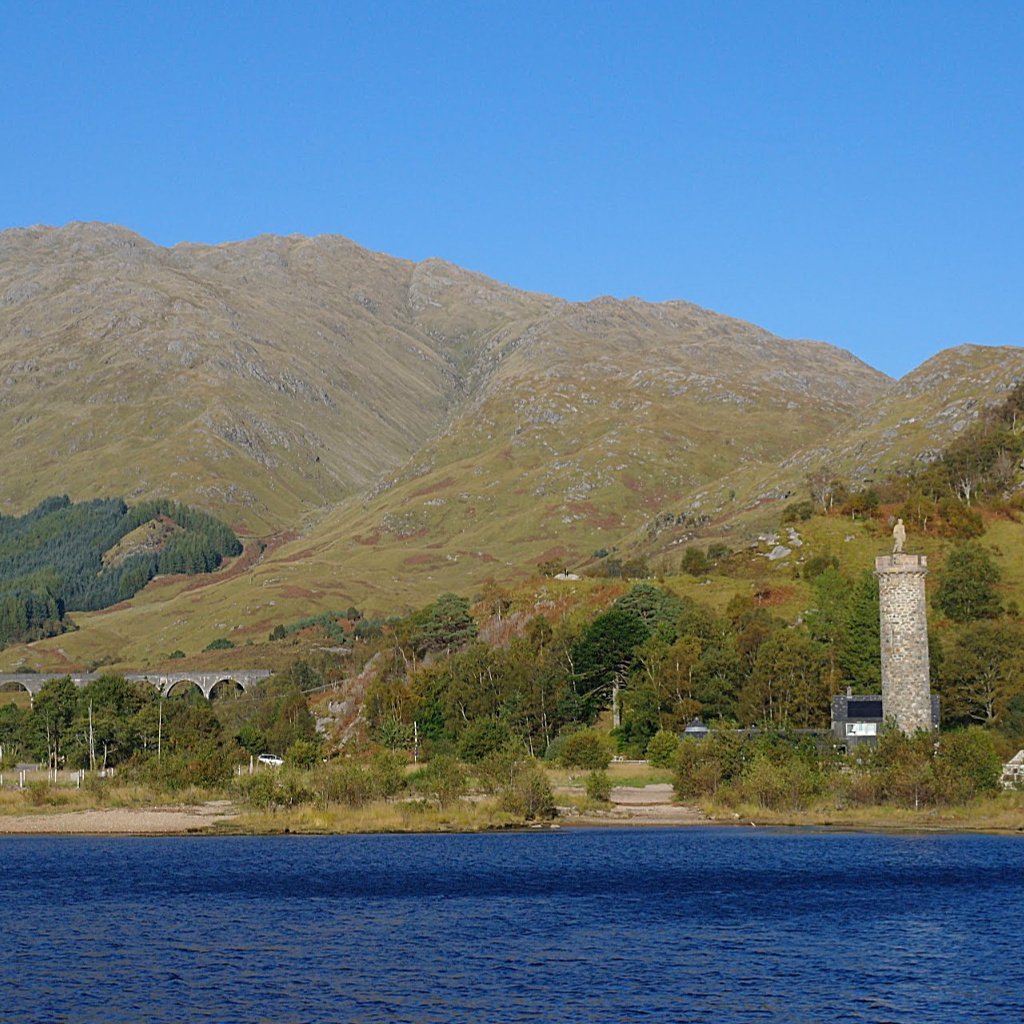Transcript of Conversation between Bonnie Prince Charlie and a Mr Macdonald (and one his colleagues) on a wee hill at Glenfinnan in 1745, while Charlie is waiting for the clans to turn up for the Jacobite Uprising. Prince: Is my jabot straight? I’ve got a shortbread tin portrait sitting in an hour. Macdonald: Och, my…
